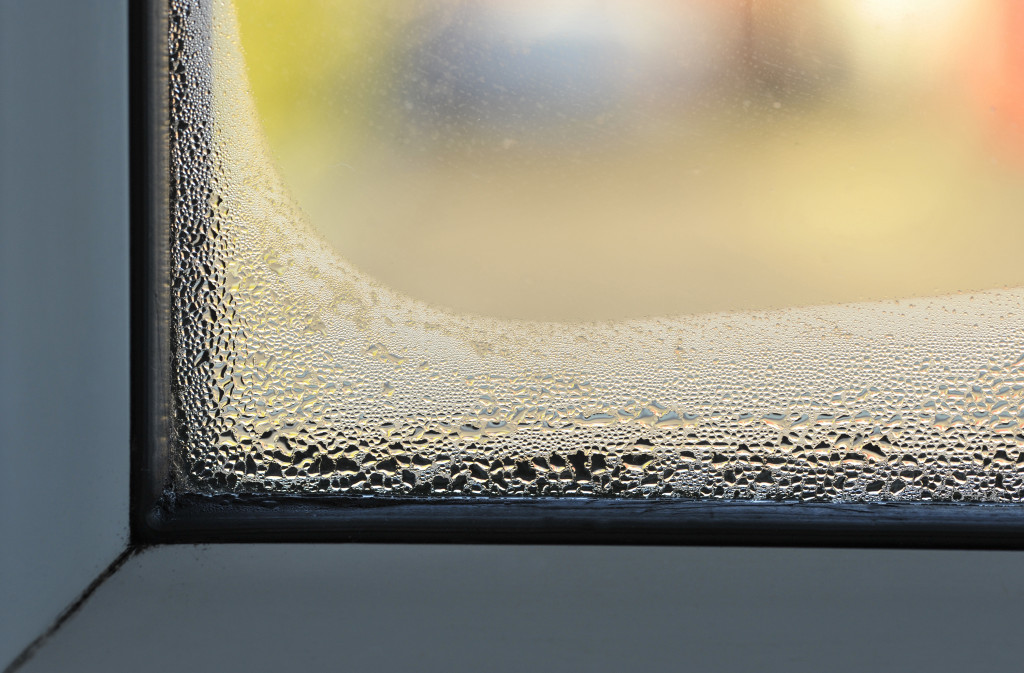It’s winter, and the cold weather is damaging your home. The ice, snow, and wind are taking their toll on your roof, windows, siding – even your lawnmower. And you may not realize it until springtime when all of these problems are revealed. But at least there are some telltale signs to look for now that will alert you to potential trouble spots before they get worse.
Inspect your roof for missing or damaged shingles
The shingles on your roof are constantly being battered by ice and snow. While this is normal, if you notice that there are a lot of shingles missing or that the ones that remain have been damaged then it’s time to call in a roofing professional for an inspection. Damaged shingles can quickly become a much more expensive problem when they let in water and cause damage inside the house. Be prepared for a roof replacement, especially if you know your roof has had some wear and tear over the years.
Check your gutters for clogs
Gutters can be clogged with leaves, silt, twigs, and other debris which not only makes them less effective at draining off rainwater but it also provides shelter for small animals looking to make a home out of your gutter. This means birds, bats – even opossums can find a home in your gutter. Clogs are bad news as they insulate the roof from rainwater and let water leak into your attic instead of draining off. This provides a breeding ground for mold, mildew, bacteria – not to mention bringing rodents inside which carry potential diseases.
Look for cracks in the foundation, walls, and windows
Frigid temperatures mean that the glass in your windows is constantly expanding and contracting. While this itself isn’t much of a problem (unless you own older windows), what can happen if the seal around your window fails is that the pane can actually break. And when it’s cold outside, this means you’re not only losing the heat in your room but it also presents a safety hazard in case someone accidentally breaks the glass or falls against it.
The same goes for the bricks and mortar on your house. If there are any cracks forming, they likely won’t be evident until springtime. However, you can check if any of your windows or doors are sagging and fix them before winter ends.
Examine your lawn for frost damage

Frosty weather can do a number on your lawn this time of year. If the roots of the grass aren’t insulated from cold air, then your lawn may turn brown – or worse, it will be killed off for the winter. A thick layer of leaves on top of the grass can also insulate it from cold air which can lead to a similar fate.
Check your mower and make sure that gas is still flowing to your engine before you try mowing – even if you just bought it and it’s brand new. If the gas has gummed up because of cold weather, then you may not even be able to start your mower or it might run for a few seconds before sputtering out.
Check for broken water pipes
If the temperature drops below freezing, then any exposed pipes on your home can freeze and possibly burst. If you’re able to check around your home and look for water leaking from any pipes, fixtures, or faucets then this may be a sign that it’s time to call in a professional plumber who can thaw out the pipes and replace the insulation so they don’t burst again.
Examine the siding for dents, holes, and other damage
If the wind blows hard enough, there’s nothing to stop it from hitting your siding and doing some damage. And if anything sharp – like a nail or piece of wood gets lodged in your siding (which can happen to older homes) then any pressure from the wind will make this sharp object even more dangerous as it works its way into your siding and eventually punctures a section of it.
Be wary of any boards on your house that look warped – they may not be safe to sit on or even lean against as this can collapse and cause you to fall and possibly break bones. A warped board means the wood underneath it is waterlogged from ice damage, so it’s time to remove the board and replace it with a new one.
By keeping an eye out for these signs of winter damage, you can take care of any issues before they become a serious problem. If you notice the damage while it’s still in its early stages, then you can prevent further problems by taking steps to fix the issue. Depending on how bad the damage is, what caused it, and if it’s still happening, you may also need to call in a professional.






